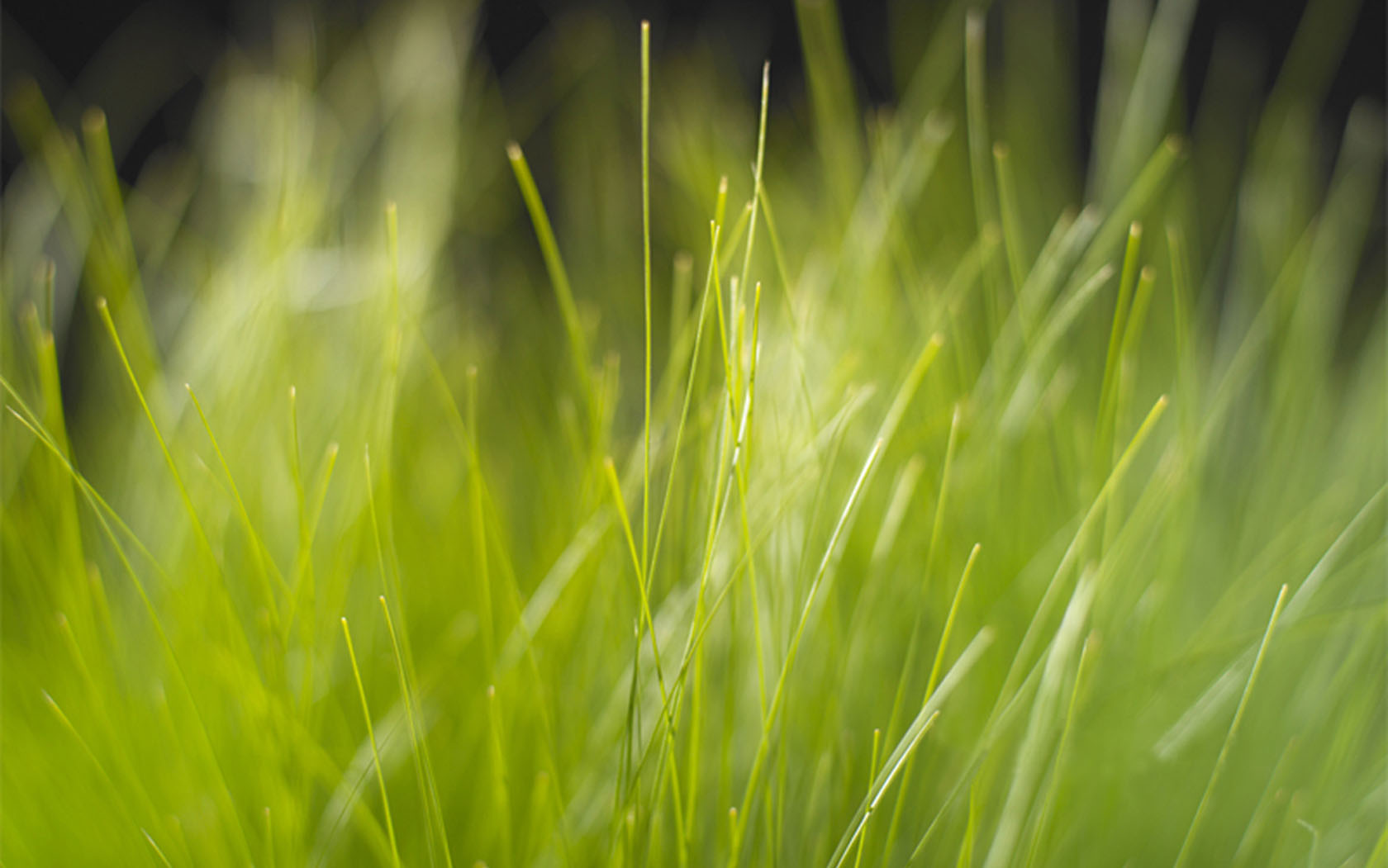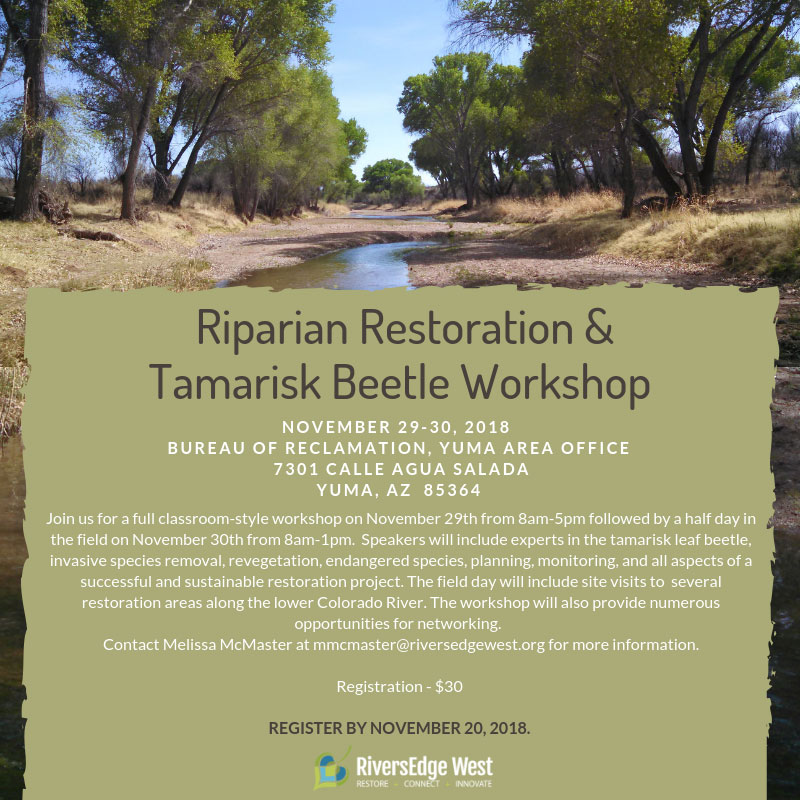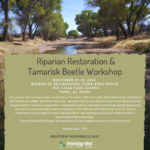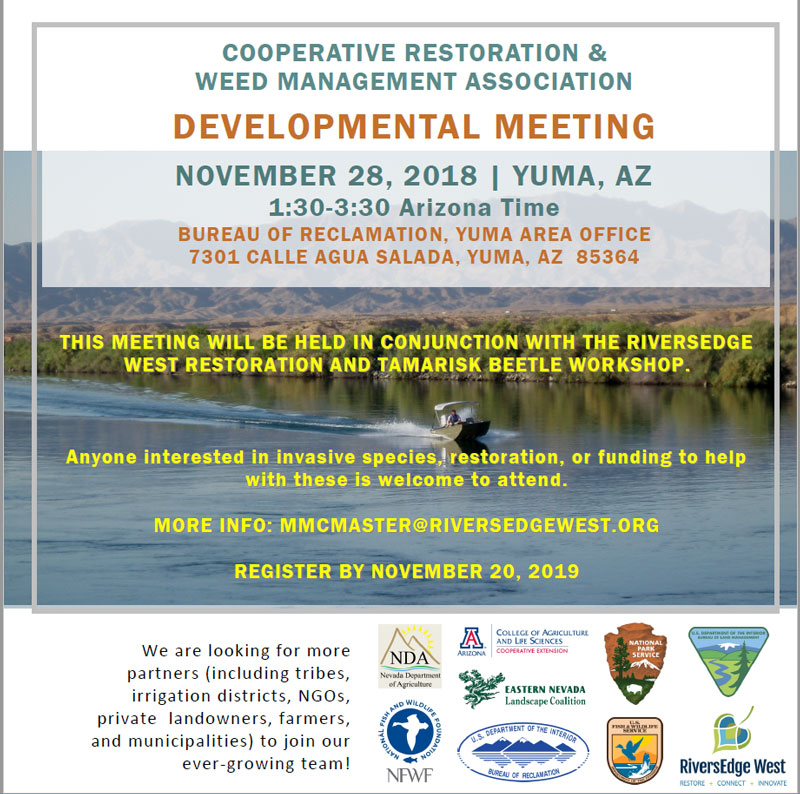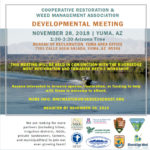SWVMA would like to share with our members the current version of the AZ Dept of Agriculture weed rule as sent to the Plant Services Director in October 2018 (available HERE) and the ranking of different species completed by the SWVMA Weed Rule Revision Committee (available HERE).
SWVMA has been involved in the weed rule revision process since it first opened up a couple of years ago. We recommended 11 new species be added, which was done in this draft. We also recommended deletion of 12 species from the list — logic for that is found in the attached document, “Categorization of Arizona’s Invasive Plants by SWVMA”. We also recommended refinement of the listing for Ipomoea species so that native and sometimes rare native species are not included in the invasive plant list for the state.
We requested a change in wording of the abatement clause, “The department may quarantine and abate an area infested or contaminated with a Class A or Class B Noxious Weed if it has been determined by the Associate Director that an imminent threat to agriculture or horticulture exists.” to read as follows:
“The department may quarantine and abate an area infested or contaminated with a Class A, Class B or Class C Noxious Weed if it has been determined by the Associate Director that an imminent threat to agriculture or horticulture or human welfare or safety exists.”
Our reason for this change is to give the state authority to abate fountain grass and buffelgrass, both of which are C species, and both of which create an extreme fire hazard if growing densely in close proximity and especially immediately downslope of dwellings or places of business.
This suggested change was not added, as we were told, because safety is not a mandated function of the Arizona Department of Agriculture. We do not agree, as safety is and should be a part of every state department. In fact, Arizona State Forestry’s FireWise program is primarily implemented for the safety of communities living in close proximity to forested areas.
We also requested that wording be included for a process to add flexibility to be able to amend the state’s weed list more easily. This last revision has been requested by SWVMA for 12 years. Protocols should be added to prevent state bureaucracy from stymying updates needed for new species entering the state to be handled by early detection/rapid response.
Our SWVMA committee will be providing updates to the SWVMA website so that interested people can follow progress of the weed rule revision process. At this time, the revised rule has been given to the Director of the Department of Agriculture. From there it will go to the Governor’s Advisory Council. After they have reviewed it, it will go out for public review and comment. It will be key at that time, to have letters from the noxious weed management community, especially in support of new species additions.
